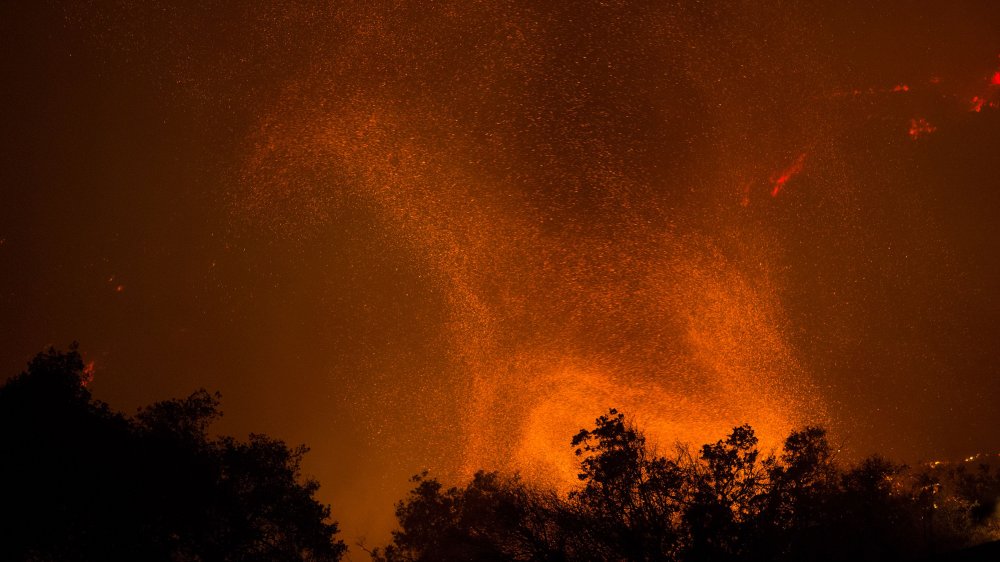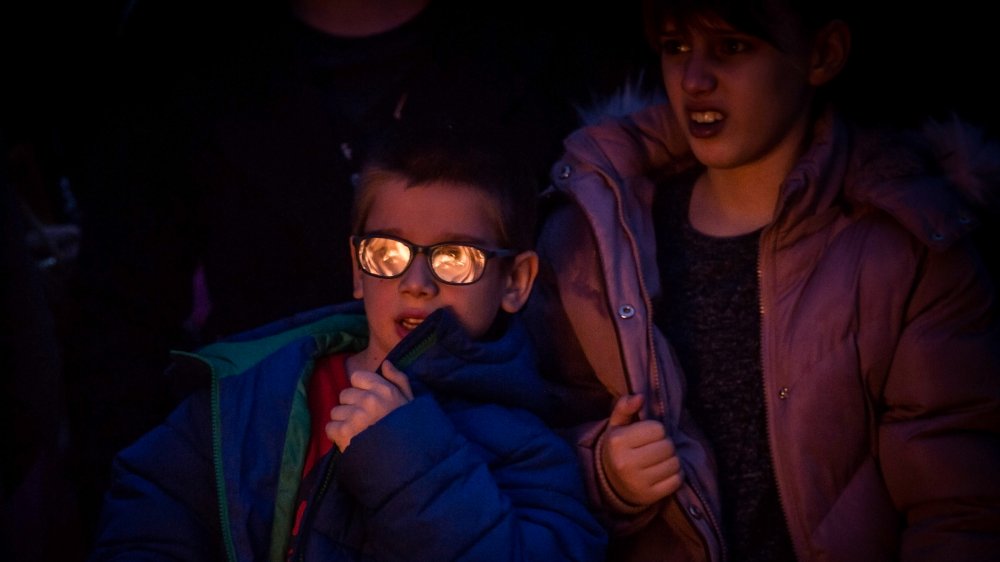What Causes A Firenado?
Lo, the firenado: destroyer of worlds. But where does it come from? What is its origin? Against whom does it seek to exact terrible vengeance?
A firenado, also known as a "fire whirl" or a "fire devil," is exactly what it sounds like: a Sharknado, minus sharks, plus fire. From a technical standpoint, it's not generally classifiable as an actual tornado, since the phenomenon rarely stretches from the ground to the clouds, so that's something fun you can correct people about when a thirty foot vortex of hellfire is ripping through their property.
Honey I Firenadoe'd The Kids
When not caused by witchcraft, devilry, or the death of a Wendigo, fire whirls come into this world thanks to the extreme high temperatures of wildfires and firestorms and, gosh, there's not a single aspect of this that doesn't sound like it belongs on the box of a '90s Batman action figure variant. They're caused by basically the same forces that create regular tornadoes: two intense atmospheric conditions slamming into each other and creating a tumbling, careening swirl of air. The big differences here are as follows: Firstly, the atmospheric shift that creates a fire tornado is created by the intense heat of the fire itself. Secondly, a firenado is 100% more on fire and 10,000% more punk rock.
There have been some pretty intense examples of firenadoes throughout the ages, with what was probably the wildest one hitting Japan during the 1923 Great Kanto earthquake. According to the Smithsonian, 44 thousand people were burned to death in minutes when a "dragon swirl" immolated a building full of citizens taking refuge from the chaos outside. They're currently posing a major problem for firefighters trying to contain the wildfires in Australia, with fire whirls having been spotted in New South Wales. According to CNN, one volunteer lost their life when their 12-ton truck was flipped over by one the beasts.

